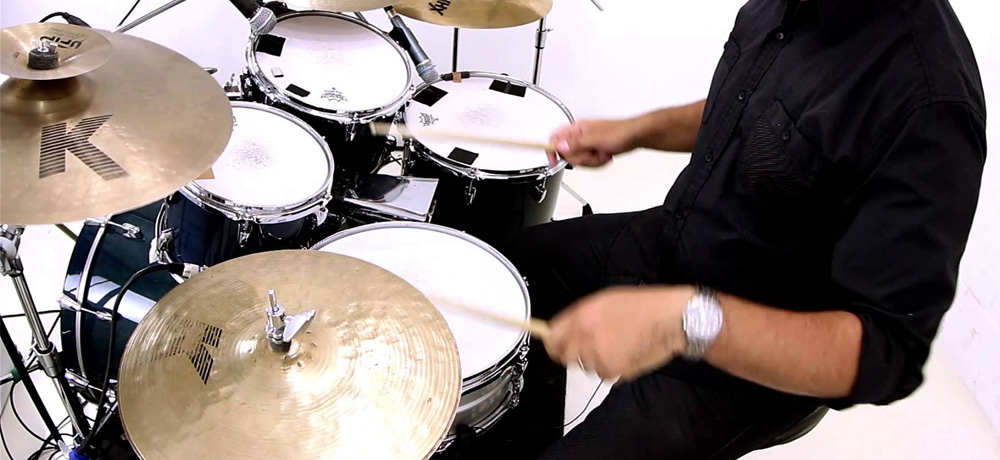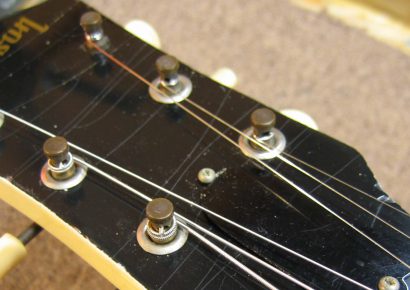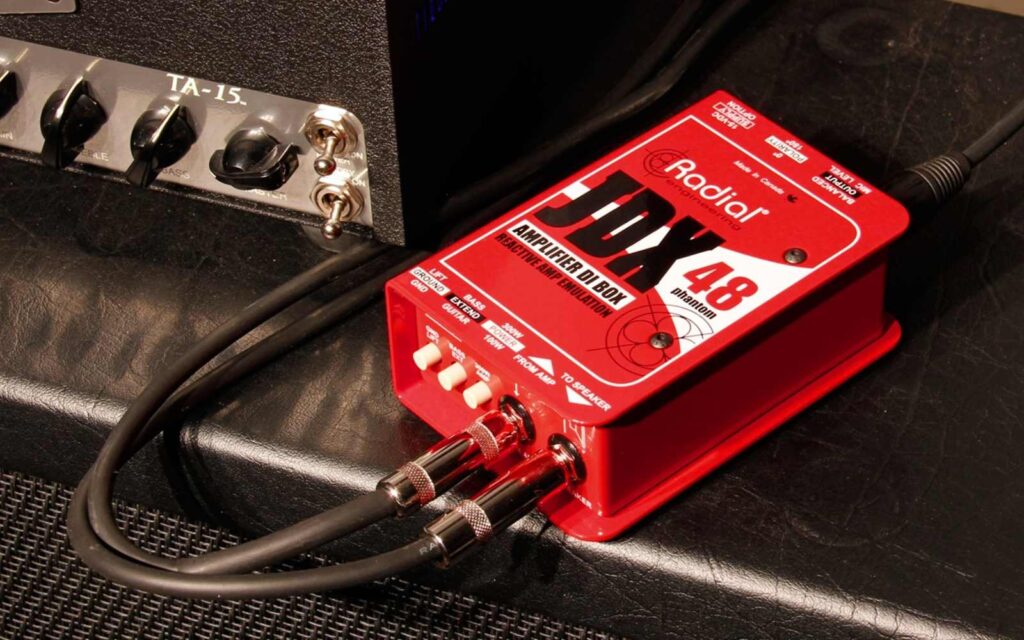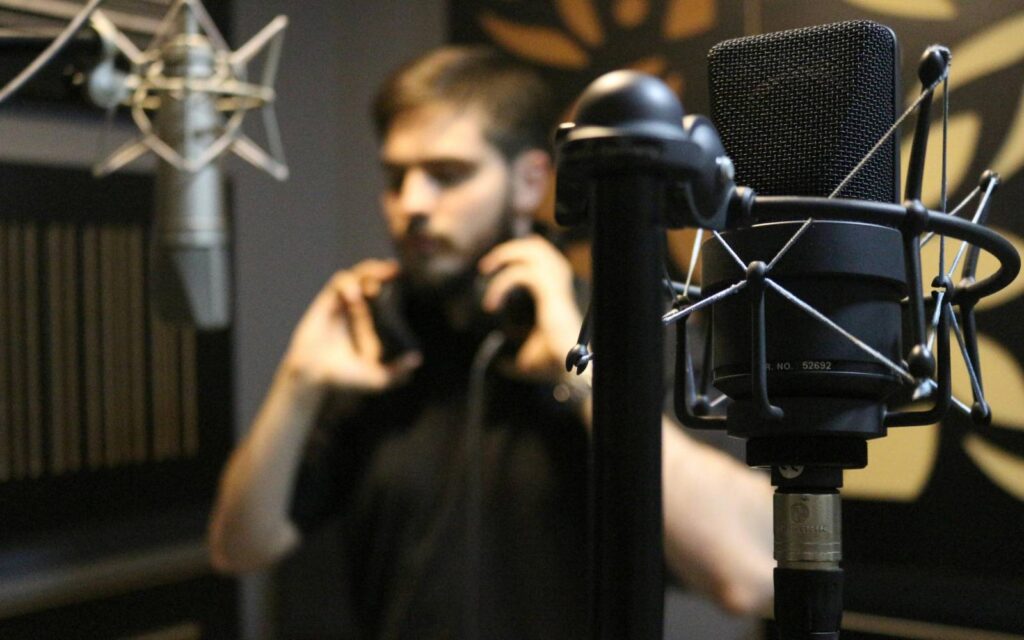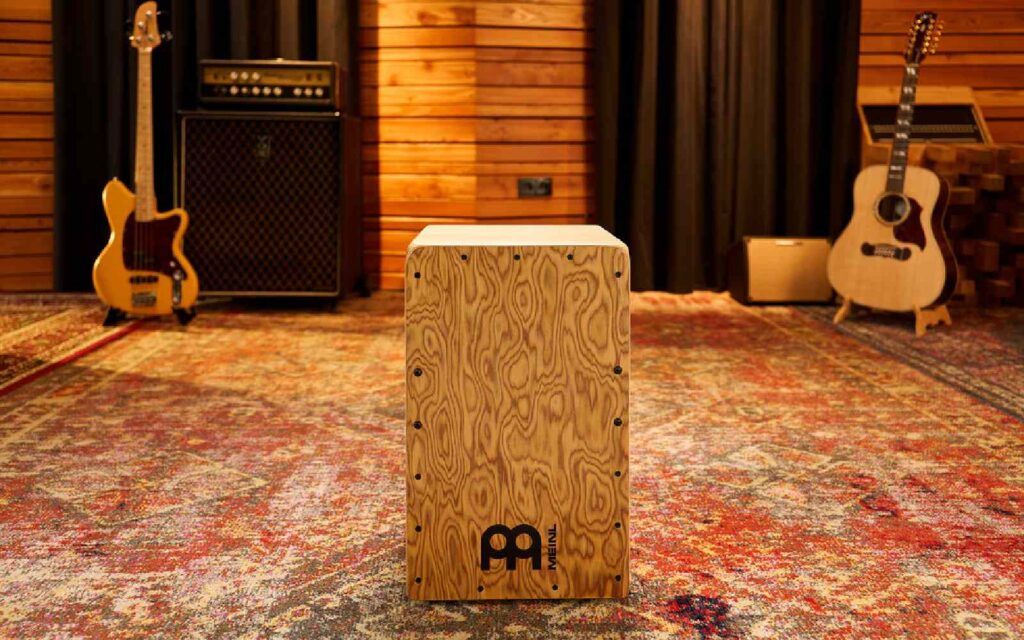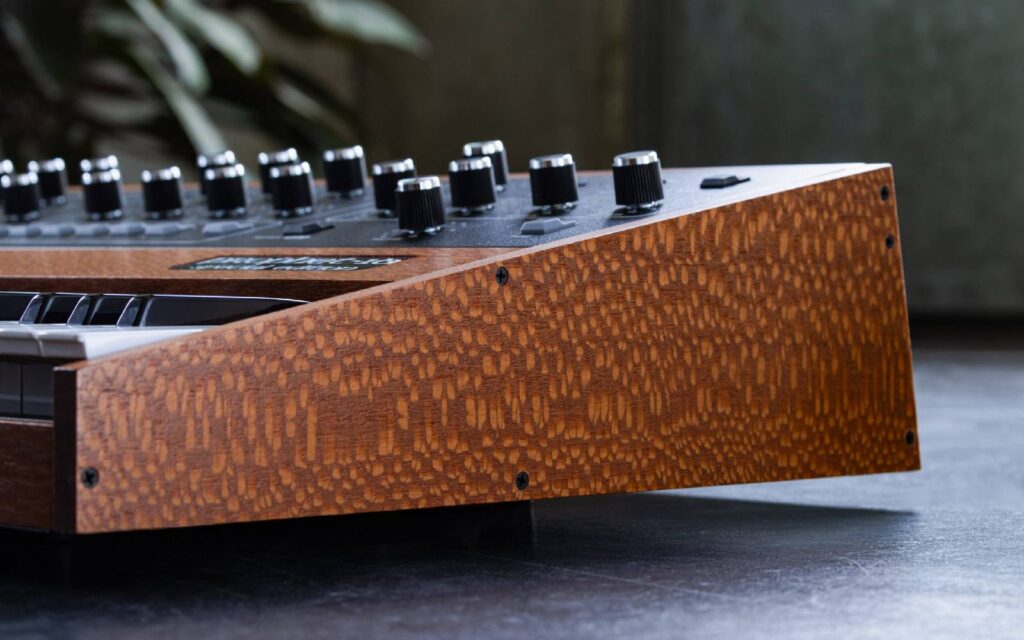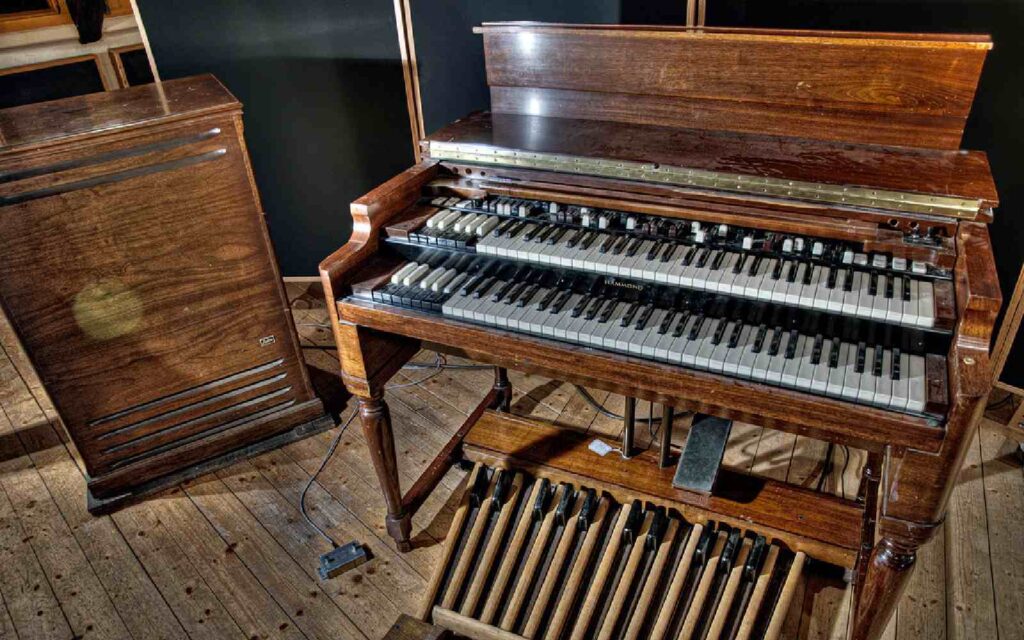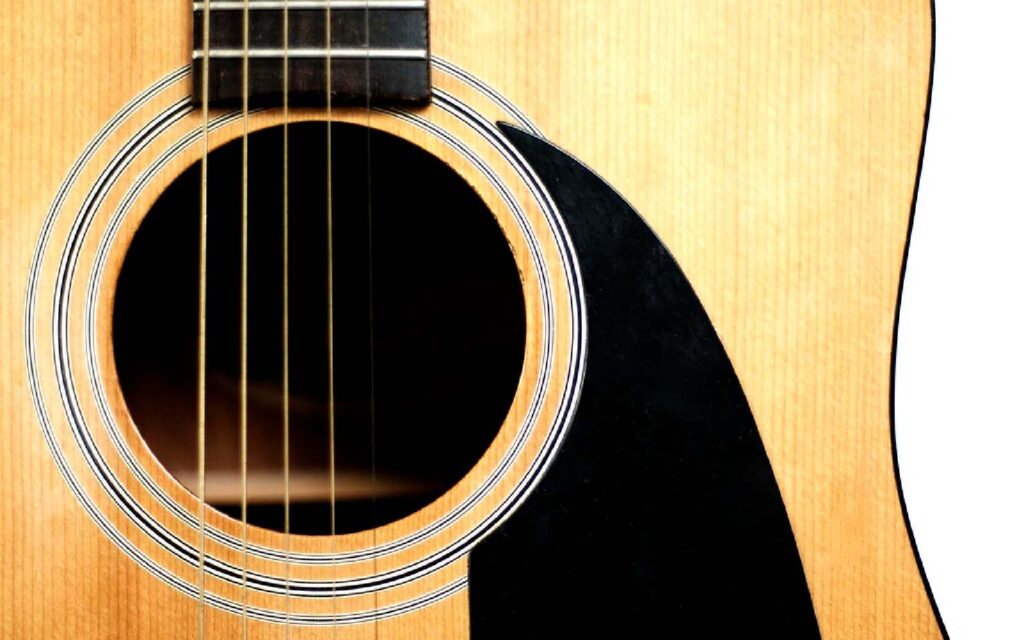If you start to apply accents to the single strokes within the paradiddle, they tend to just fall in a way that sounds groovier and even gives you a nicer backbeat. In addition to this, when you’ve got your hands around the sticking, the flow you can create around the drums is very natural and more musical – at least to my ears anyway. The key to this is the opening part of the sticking where the double stroke is in the middle or inside of the group of four semiquavers – hence the name. The double stroke actually allows time (believe it or not) for the single strokes to be in position for the accents and the sound that is produced is very natural.

If you look at our first sticking (Fig A), you can see there is no accent on the backbeat (beat two and four). As we begin to move through the variations provided, by putting the accents onto toms and cymbals, you’ll be able to hear a phrase developing on 1 e + a. I think of it as quite Latin in some ways. Usually, the standard approach is to put right hand accents on the floor tom and left hand accents on the rack tom (Fig B). You can also do the same thing on the cymbals – right hand accent on ride and left hand on crash (Fig C). However, this can be a little predictable and monotonous too after a while. So Figure D through to H tries to apply the sticking in a more musical way and both hands can play anywhere on the kit. Though, to be honest, the left hand is more inclined to be on the snare and hats. I’ve also applied the sticking as a cool groove at Figure H where the right hand stays on the hi-hat.
Figure two is perhaps my favourite inward paradiddle sticking of all time (Fig I). The only main difference compared to sticking one is the absence of an accent on beat three and the presence of one on beat four giving us a nice filthy backbeat, of which you can easily feel and think of as you’re playing.
Figures J and K are the standard affair – accents on toms and cymbals in the usual manor. As with the first sticking, I’ve used Figures L to P as a way of expressing ideas that try capturing some of the Steve Gadd flow. These are the very sticking ideas I would use myself. Good things happen when the right hand accents move to the left side of the kit etc. I particularly like Figure P – as a groove. It just sounds funky and is very useable.
My suggestion with all of these ideas is to practise slowly, thinking carefully about keeping those non-accents soft. It’s really crucial to the overall sound. Also think about your up strokes from those non-accents as being lifts to the next accent – be it a tom or a crash. If you’re struggling getting up to speed, it’ll most likely be either because you’re not bouncing the double stroke or trying to play it too hard, or you’re not really preparing for the next accent. For example, after the soft double stroke (LL) in the first part of the sticking, the next left hand stroke is an accent so it really needs to lift up into position for this. If you don’t lift, you’ll need to play and accent but your left hand will be in the down position from when it played those ghost notes. Preparation is the key. I hope you get something out of these. I love these types of stickings and there are other combinations, so have fun!
